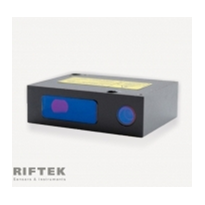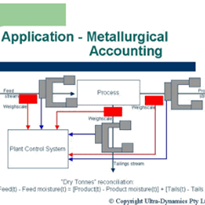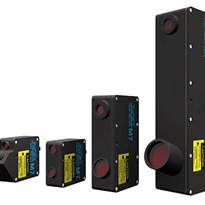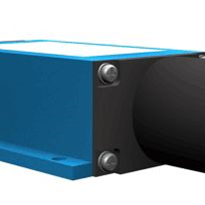With the transformation in manufacturing owing to the need for high quality and higher production cycles, additive manufacturing has taken over major processes of the industry. Introducing 3D printing reduces not just production time but also minimizes errors as well as cost. Moreover, additive manufacturing optimizes material uses considering the material does not need to be cut or discarded.
However, the precise processes during 3D printing require precise measurement to ensure the quality of the product is not compromised. Therefore industries must have a reliable and accurate laser triangulation sensor that is industry-proven.
The areas of application for laser triangulation in 3D printing are extremely diverse. Whether inspection of printed circuit boards, ball grid arrays, smartphones, glue beads, welding seams, packaging, wood, tires, or train bogies and chassis –laser triangulation sensors enable high-precision quality control.
Laser sensors work by the laser triangulation principle and detect the change of position based on the position of the light reflected in the detector. This non-contact technology enables precise and reliable measurement of many types of objects. Advancements in laser sensing technology have also enabled reliable measurements on challenging applications such as exact positioning of the print head when printing PCBs or inspecting the glue bed thickness in the circuit after the soldering process.
With a comprehensive range of models, laser triangulation sensors from Bestech Australia are specially designed to give accurate measurements on objects in the 3D printing industry and offer ease of use via a web interface. They are designed as compact sensors with integrated controllers and are highly capable of measurement tasks with high measuring rates.
The laser triangulation range from Bestech Australia includes optoNCDT 1220, optoNCDT 1320, optoNCDT 1420, and optoNCDT 1900, each with its common features of reliable results in the 3D printing industry.
The optoNCDT sensor offers a measurement rate of 1kz to 10kz and the output option of both analog and digital. Its simple installation & initial operation combined with modern interfaces for integration into machines and systems provide ease of usage in the additive industry. With the measuring range varying from 2mm to 500mm, the selection of a laser displacement sensor for a particular 3D printing application would depend on the required measurement range and target material.
With the imminent growth of the additive industry, Bestech Australia is committed to supplying and supporting high-quality sensors and automation products that are adapted and customized to customer specifications.
For further information, please send us an enquiry, and our factory-trained product specialists and application engineers will discuss your specific industrial requirements and recommend the right product for your applications.


(1).jpg)




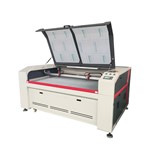
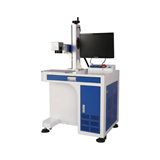
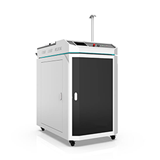



-160x160-state_article-rel-cat.png)




-160x160-state_article-rel-cat.png)
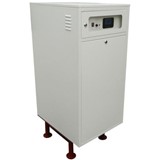

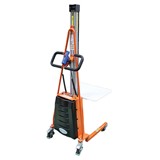

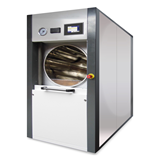

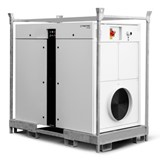

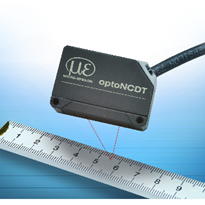
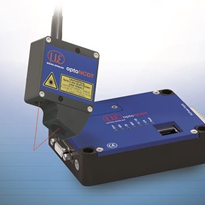
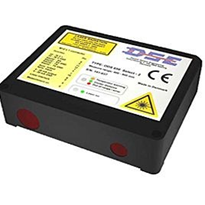
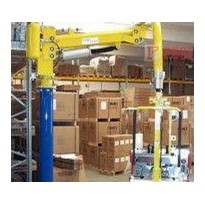
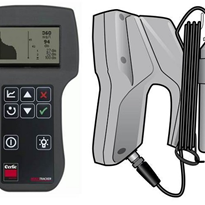
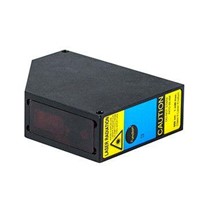
-205x205.jpg)
